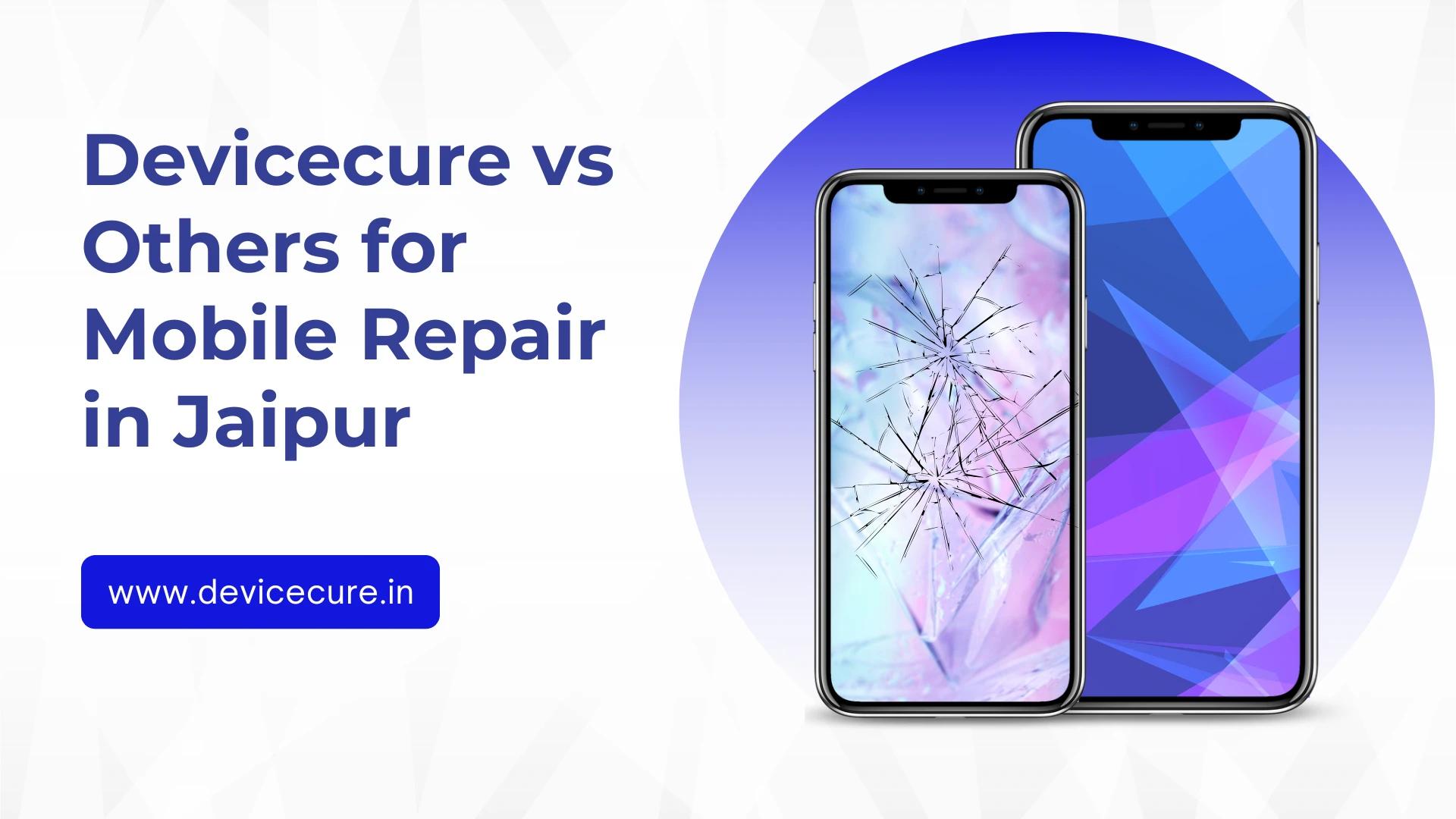Mobile repair has become increasingly popular with the growing smartphone dependency. Whether you're a professional technician or a DIY enthusiast, having the right tools is crucial for efficient and effective mobile repair. In this blog, we’ll explore the essential tools every mobile repair technician needs in their kit. This comprehensive guide will help you understand why these tools are indispensable, ensuring you are well-prepared to tackle any mobile repair challenge.
Why Having the Right Tools is Important
Before diving into the tools themselves, it’s important to understand why proper equipment is necessary. The right tools not only improve efficiency but also ensure that repairs are done without causing further damage to delicate smartphone components. They allow for precision, safety, and speed, which are vital in today’s fast-paced repair environment.
Also Read: Apple iOS16 new features and specifications
Must-Have Tools for Mobile Repair Technicians
1. Screwdriver Set
A precision screwdriver set is one of the most fundamental tools in any mobile repair kit. Mobile devices use various types and sizes of screws, so having a set that includes different head types (such as Phillips, flathead, and Pentalobe) ensures you can open and repair almost any device.
Why it's essential: Phones come with tiny, often customized screws that require the correct screwdriver to avoid stripping or damaging them.
2. Plastic Pry Tools
Plastic pry tools are used to gently lift and open mobile device cases without damaging the exterior or the internal components. They are specifically designed to provide enough leverage while avoiding scratches or dents.
Why it's essential: Metal tools may scratch the device, but plastic tools provide a safer option for prying open sensitive parts.
3. Tweezers
Tweezers are invaluable for handling small parts such as screws, cables, or connectors inside mobile devices. It’s important to have a set that includes anti-static options to avoid damage from static electricity.
Why it's essential: Mobile phones have tiny components that are difficult to handle with fingers. Tweezers provide the precision required to work with these small parts.
4. Suction Cups
Suction cups are primarily used to lift and remove phone screens, especially for smartphones with adhesive seals. Suction cups provide a non-invasive method of removing screens without cracking or damaging them.
Why it's essential: Screens are the most fragile part of mobile phones. Suction cups allow you to lift the screen safely and effectively without using excessive force.
5. Spudger
A spudger is a plastic or metal tool used to manipulate small components inside mobile devices, such as connectors or flex cables. It is perfect for safely disconnecting cables without the risk of tearing.
Why it's essential: Spudgers allow technicians to pry open components with ease while reducing the risk of short-circuiting the device.
6. Multimeter
A multimeter is used to test and measure voltage, current, and resistance. This tool is vital when diagnosing issues like battery problems, charging issues, or short circuits.
Why it's essential: Testing the internal electronics is crucial for diagnosing issues and ensuring repairs are done correctly. A multimeter helps prevent improper repair and ensures the mobile device functions safely.
7. Heat Gun/Hot Air Station
A heat gun or hot air station is used to soften adhesive, especially for screens or back covers. It also helps in reflowing solder on components during repair.
Why it's essential: Many modern smartphones use adhesive seals that need heat to loosen for disassembly. A heat gun is the safest way to apply controlled heat to these areas.
8. Magnetic Mat
A magnetic mat helps keep small screws and components organized during repairs. Some mats also have labeled areas for specific types of screws, which is helpful when reassembling a device.
Why it's essential: With mobile phones containing numerous small screws, it’s easy to misplace them. A magnetic mat ensures nothing is lost during the repair process.
9. Anti-Static Wrist Strap
An anti-static wrist strap prevents electrostatic discharge (ESD), which can damage sensitive mobile phone components. This is especially important when handling circuit boards or other electronic parts.
Why it's essential: Even a tiny static discharge can ruin a mobile phone’s motherboard. Wearing an anti-static wrist strap while working ensures the device's internal components remain safe.
10. Battery Tester
A battery tester is designed to check the performance and capacity of mobile phone batteries. It is especially useful when diagnosing power issues.
Why it's essential: Knowing whether a battery is the cause of the problem is crucial in mobile repair. A battery tester gives technicians precise information about the health of the battery.
Also Read: Why choose to repair versus buy a new phone?
Conclusion
Having the right tools in your mobile repair kit is not just a recommendation—it’s a necessity. From screwdrivers and pry tools to more advanced equipment like multimeters and heat guns, each tool plays an essential role in ensuring successful and safe mobile repairs. By investing in these tools, you can tackle a wide variety of mobile phone problems, improve your efficiency, and offer a higher quality of service.
FAQs: Essential Tools Every Mobile Repair Technician Needs in Their KitEssential Tools Every Mobile Repair Technician Needs in Their KitEssential Tools Every Mobile Repair Technician Needs in Their Kit
1. What is the most important tool for mobile phone repair?
The most important tool depends on the specific repair, but a precision screwdriver set and plastic pry tools are essential for most types of mobile phone repairs.
2. Do I need a multimeter for mobile phone repair?
Yes, a multimeter is crucial for diagnosing electronic issues such as faulty charging ports, battery problems, and short circuits.
3. Can I use a regular heat gun for phone repairs?
While a regular heat gun can work, it's best to use a hot air station with adjustable temperature settings to avoid damaging delicate phone components.
4. Why is an anti-static wrist strap necessary?
An anti-static wrist strap prevents electrostatic discharge, which can damage sensitive electronic components during the repair process.





.png&w=3840&q=75)





